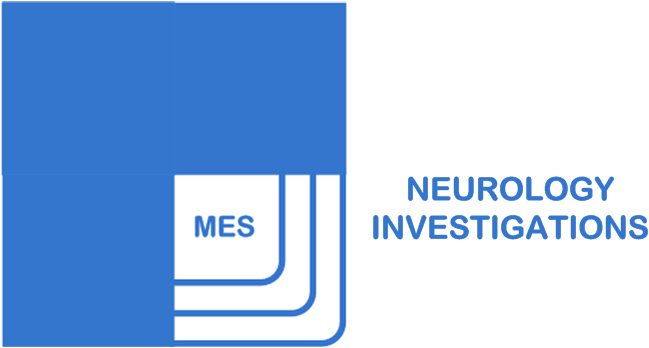
Median sensory conduction study (orthodromic) is performed by placing active electrode over the median nerve at wrist, (midline), reference electrode about 3 cm proximal to active electrode and ground electrode b/w stimulator and active electrode. Median nerve is stimulated at the index finger. (See figure)
Usually, a distal latency in excess of 3.5 ms is taken as abnormal. Similarly, SNAP (sensory nerve action potential) amplitude of less than 5 µv or conduction velocity of less than 50 m/s is taken as abnormal. However, these values may vary b/w various populations, machines etc, thus it is advisable to generate a normative data for each centre.
It is difficult to get SNAP response by single stimulation. Thus many responses are averaged to get final response. SNAP parameters are best judged by comparing values from contralateral sides.
Reference:

